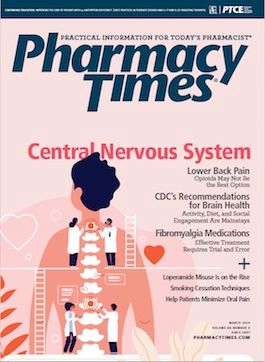Publication
Article
Pharmacy Times
Study Finds Bidirectional Relationship Between Asthma and Migraines
Author(s):
In the first report of its kind, a recent study compiled Korean Health Insurance Review and Assessment Service data from 2002 to 2013 to evaluate a bidirectional association between asthma and migraines in Korean adults.
In the first report of its kind, a recent study compiled Korean Health Insurance Review and Assessment Service data from 2002 to 2013 to evaluate a bidirectional association between asthma and migraines in Korean adults.
Matching control subjects and patients by age, gender, income, past medical history, and region of residence, researchers determined asthma and migraines to be reciprocally associated. To conduct the study, researchers matched 113,059 control patients to 113,059 patients with asthma, and 114,176 control patients to 36,044 patients with migraines.
In the first cohort, 5.3% of the group with asthma reported experiencing migraines within a follow-up period of about 43 months. This group demonstrated an adjusted hazard ratio (HR) of 1.47 for migraines. By comparison, just 3.4% of the control group reported migraines in the same time period. Although 8% of patients with migraine reported having aura in this study, both migraines with and without aura rated higher for presence of asthma than the control group.
In the second cohort, the group experiencing migraines had a 15.4% rate of asthma after about 42 months, with an adjusted HR of 1.37. In 43 months, the control group reported a 10.6% rate of experiencing asthma.
This article originally appeared in sister publication AJMC.
REFERENCE
Kim SY, Min C, Oh DJ, Lim JS, Choi HG. Bidirectional association between asthma and migraines in adults: two longitudinal follow-up studies. Sci Rep. 2019;9(1):18343. doi: 10.1038/s41598-019-54972-8.

Newsletter
Stay informed on drug updates, treatment guidelines, and pharmacy practice trends—subscribe to Pharmacy Times for weekly clinical insights.






